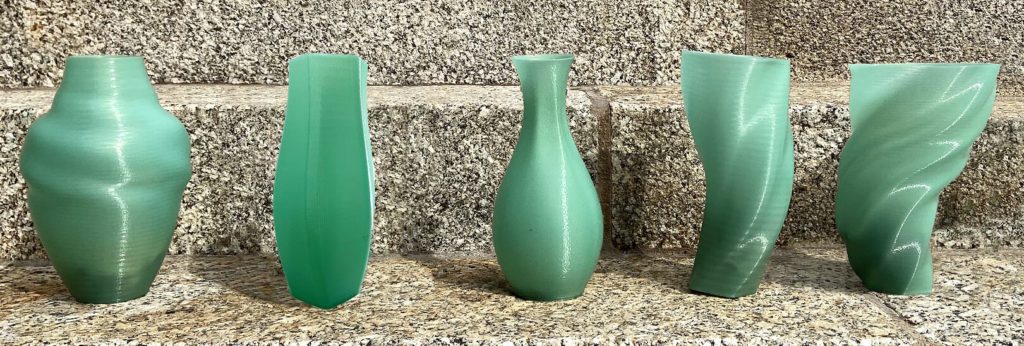What distinguishes them from other Rapid Manufacturing facilities is their commitment to the protection of people and the environment, which has allowed them to become category leaders. Their project components are composed of 85% to 90% recycled materials, such as plastic bottles and fishing wires.
Future trends will include 3D printing, sustainability, and recycling. The unifying goal is for various businesses to collaborate to develop more efficient and distinctive solutions.
When looking at the first case of recycled fishing nets, we can see that the demand for sustainable seafood is increasing, accounting for approximately $241 billion in 2017. Because of rising demand, the business is estimated to reach $438 billion by 2026. Unfortunately, with this expansion comes an increase in the number of discarded nets in our waters.
The Food and Agricultural Organisation of the United Nations (FAO) estimates that 640,000 tonnes of fishing gear are abandoned each year. A variety of sea creatures, including dolphins, sea turtles, and whales, have become entangled in these nets, often resulting in death. According to several reports, if the crisis persists, there will be more plastic in the ocean than fish by 2050. J-Supplied 3D used their unique 3D printing skills to help provide a solution by teaming with Fishy Filaments Ltd.
Fishy Filaments upcycles recycled nylon from fishing nets (commonly known as PA6) into engineering quality filament suitable for 3D printing. The substance is one-of-a-kind in the realm of 3D printing, which is recognised for converting filaments to engineering prototypes and models.
They collaborated to produce The Porthcurno Collection, a one-of-a-kind range of trendy home furniture named after the ‘Porthcurno’ filament combination that it employs. In a series of limited-edition vase furnishings, the Porthcurno Collection mixes a love of the ocean, sustainability, and modern technology. Each vase is inspired by the natural movements of water and is made entirely of recycled material (100%).

J-Supplied wanted a system that could satisfy their production goals quickly and consistently, as well as be versatile with multiple filament materials. They found what they were seeking for and more with Craftbot’s award-winning and user-friendly 3D printers, with the added bonus of accurate repeatability from generating several batches. And by printing their own models and final items in-house, they save money and time.
Furthermore, to match with their general environmental commitment, a gift is made from every vase sold to Surfers Against Sewage, a UK marine conservation organisation that has been working with communities for the last 30 years to conserve oceans, waves, beaches, and marine life.
J-Supplied has taken the notion of 3D printing buttons from recycled fishing nets and applied it to clothing and suits for global luxury fashion icons such as Prada.
3D APAC Pty Ltd Copyright © 2023. All rights reserved